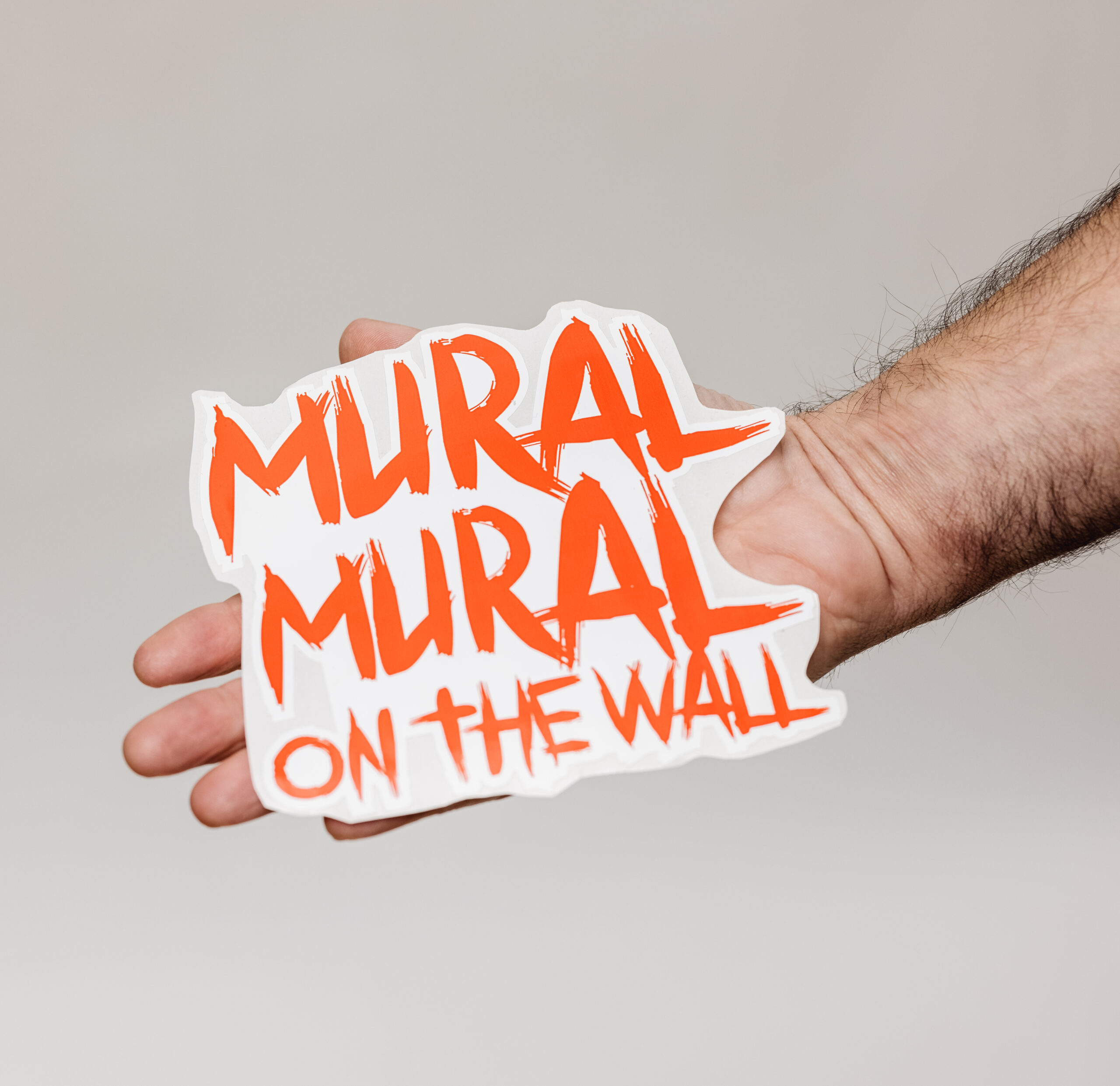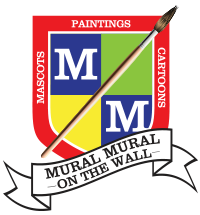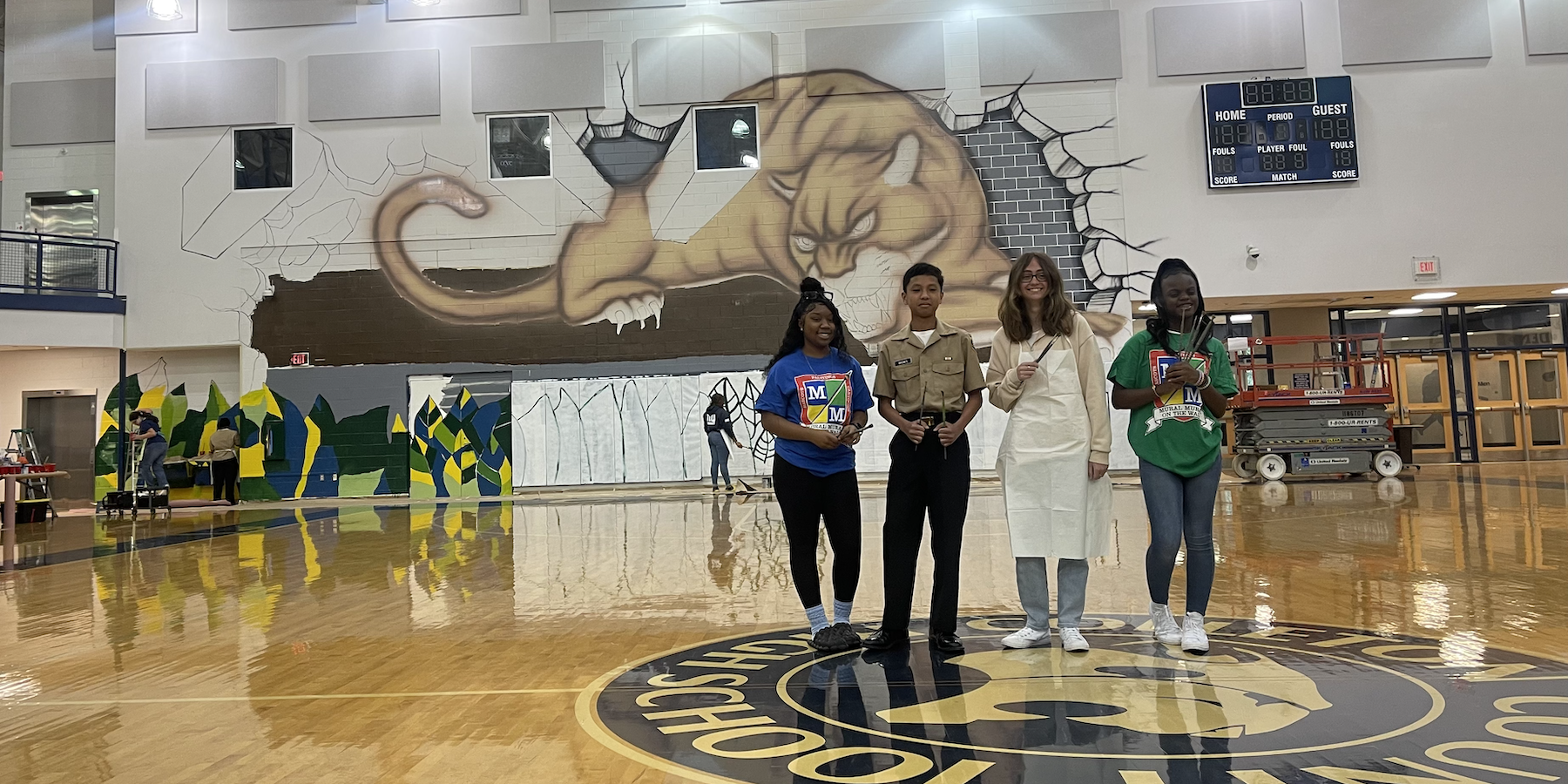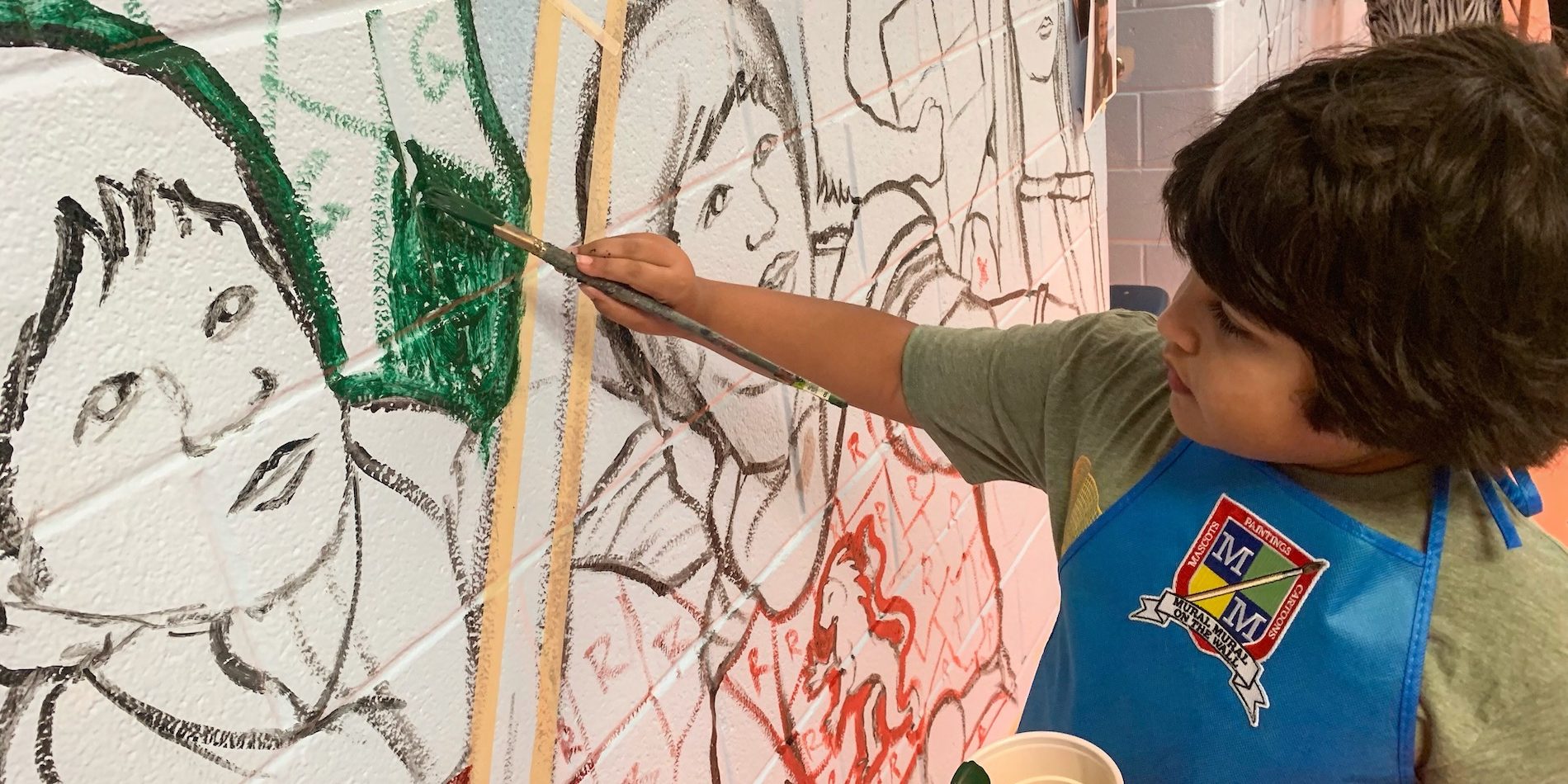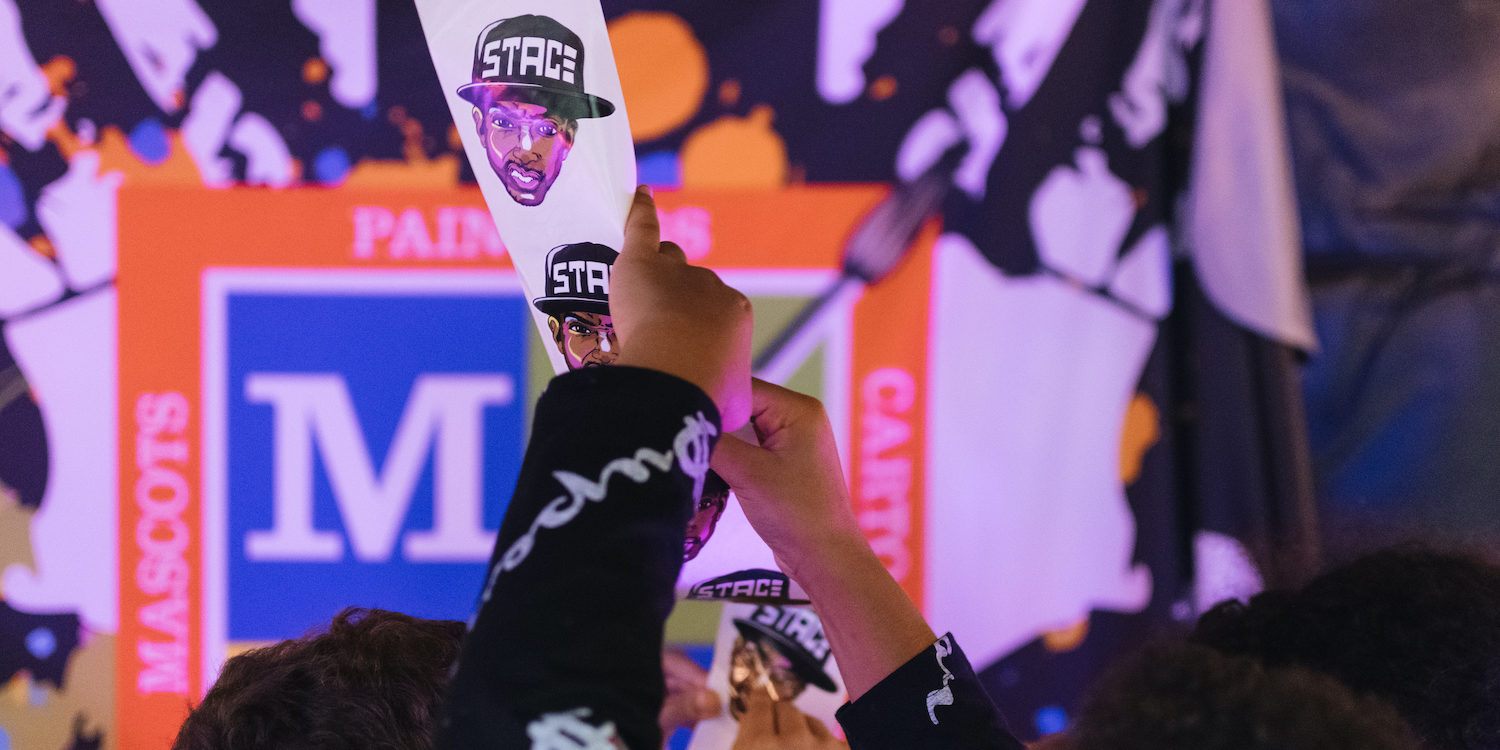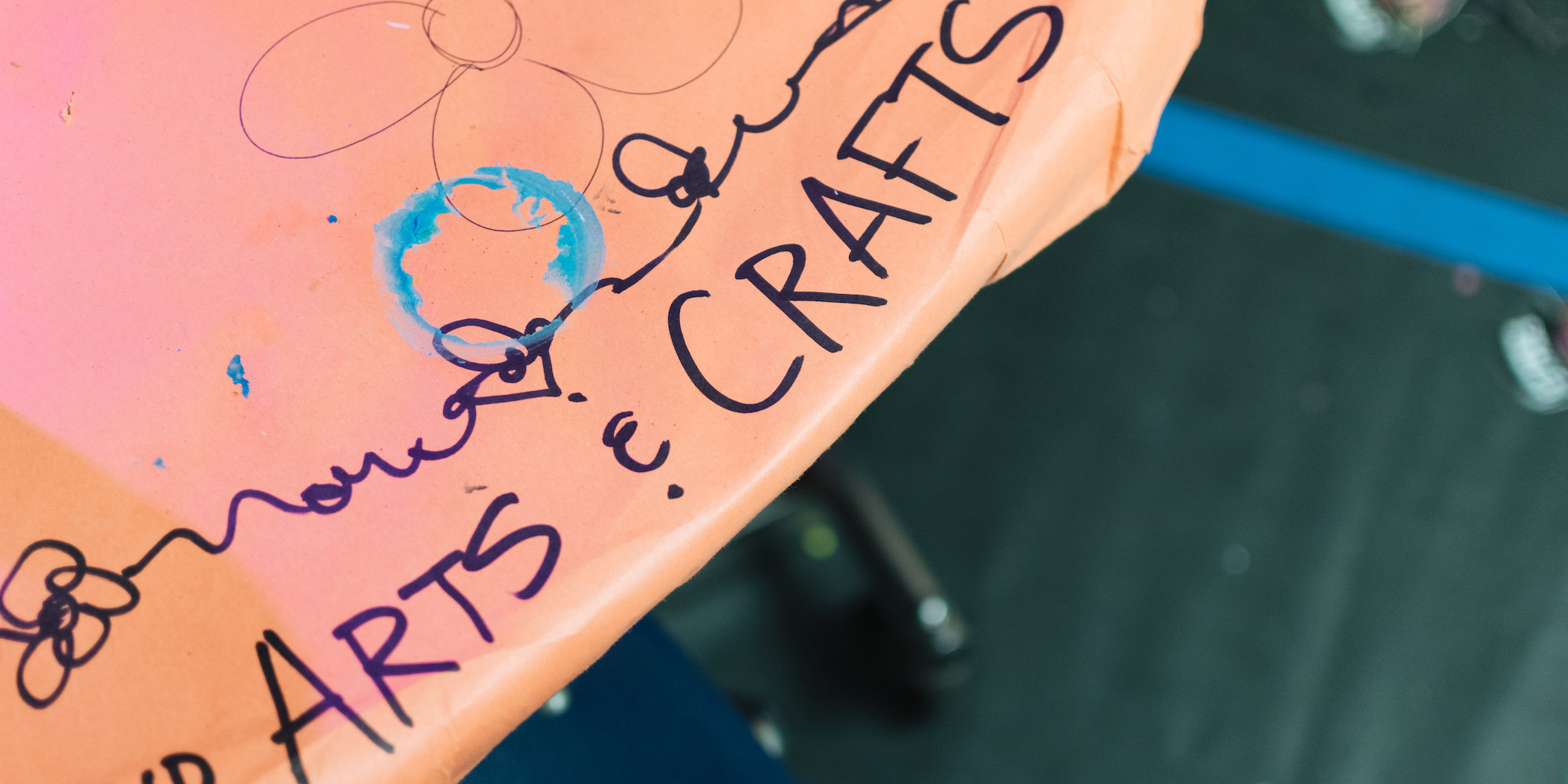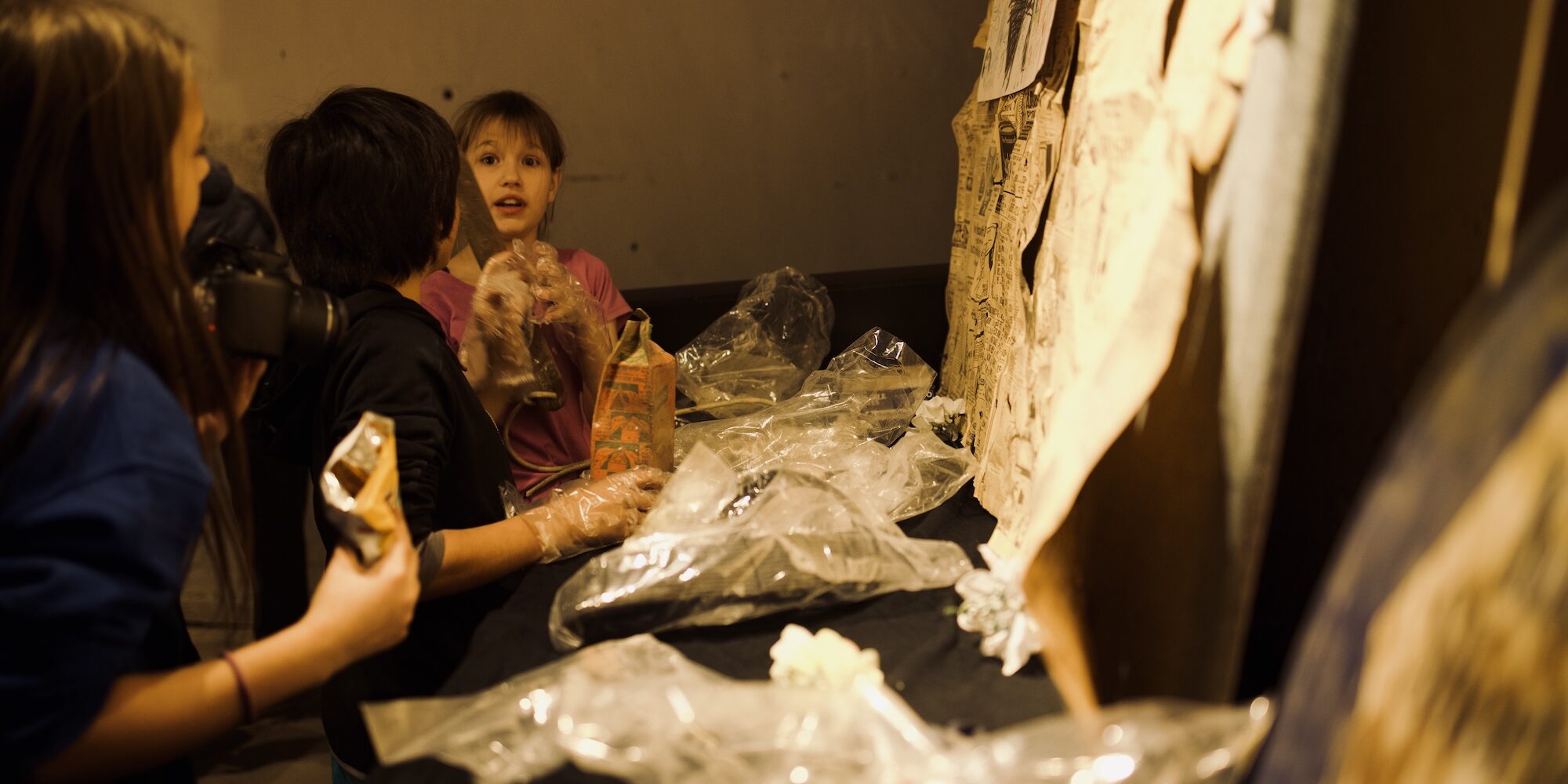Artist In Residence Program
Mural Mural on the Wall believes in providing students and teachers with a hands-on art experience and is committed to reimagining ways to teach mural painting.
As the educational field evolves, combined with today's technological advances, our organization has learned new strategies and has developed an in-depth model for working in the K-12 classroom. Our lesson plan puts artistic rigor and thoughtful planning and reflection at the center of each residency.The Artist in Residence Program provides students, teachers and communities with direct hands-on arts experiences through personal interaction with teaching artists. The residency design allows the artists to explore the discipline with students, teachers and community members through a variety of components that may include teacher workshops, classes, lectures and discussions, rehearsals, performances, community events, and perhaps a mural.
We Teach Art
A Teaching Artist is a professional visual, performing, or literary artist with training and experience in an art form - complete with knowledge of educational practice who works in schools and in the community. The Teaching Artist may work in long or short-term residencies in classrooms or in a community setting, or may lead program development through involvement in curricular planning and residencies with school partners. The Teaching Artist is an educator who brings the creative process into the classroom and the community.
Even If We Don't Paint
The primary intent of our art program is to enrich and support ongoing arts education, and in some cases, teach art where there is none. Schools can expect us to engage students and/or teachers in the artistic process through innovative project-based leadership and modeling. In-school residencies are also available even if the school doesn't get a mural painted by us.
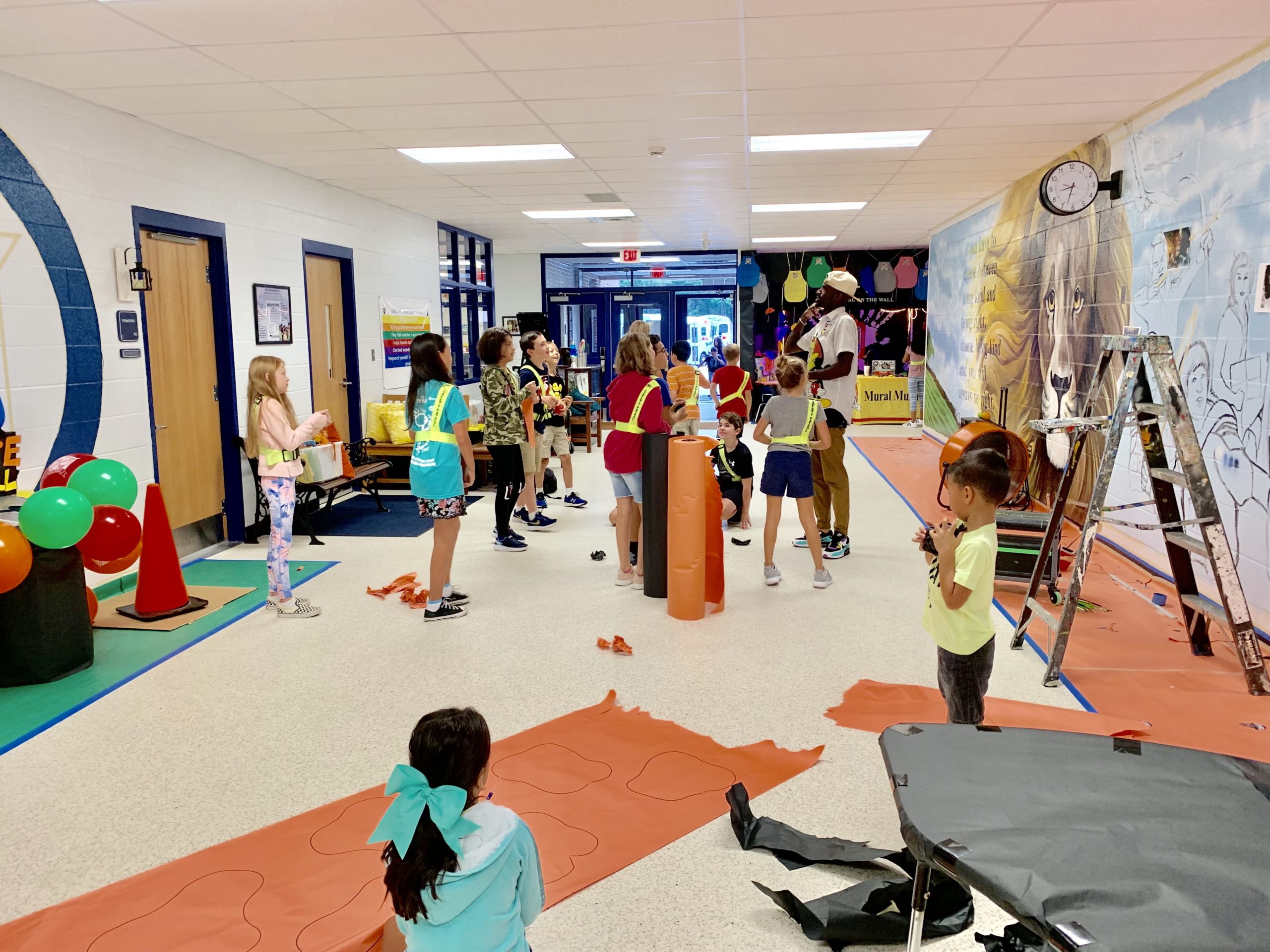
The Residency
Typically, an artist residency, especially in a school setting, requires a planning committee that must include the artist (by phone or email if not locally available), and could also include teachers, administrators, parents, and leaders of community groups like the local arts council, libraries, and parks and recreation programs.
Often a residency design provides us an opportunity to create the art and the community opportunities to observe or assist us during the creative process. For example, a visual artist may require a designated studio space or a dancer may require a suitable rehearsal space.
Our program also encourages students and community members to understand the role of the artist in contemporary society, to engage in the creative process, and to think critically about the role of the arts in education. We can contribute to the learning process for people of all ages. One artist can be the creative spark that inspires a teacher, administrator, school district, or whole community to incorporate the arts as a more central and permanent component of daily life.
Lastly, a very important part of a successful residency is sharing the ongoing and final activities of a residency with members of the community and elected officials to develop a broadening of support and funding for arts education.
Goals of the Artist In Residency Program
- Facilitate opportunities for professional artists to work in a school and community setting
- Expose students to the professional environment of a working artist
- Students of all ages & abilities to develop skills, knowledge, and appreciation of the arts
- Facilitate opportunities for teachers of the arts to expand their skills and knowledge
- Facilitate opportunities for teachers of non-art related subjects to learn how to strengthen teaching and learning across the curriculum through art integration
- Challenge the student body with art homework followed by a detailed critique
- Award the student body & staff with the MMOTW gifting suite experience
